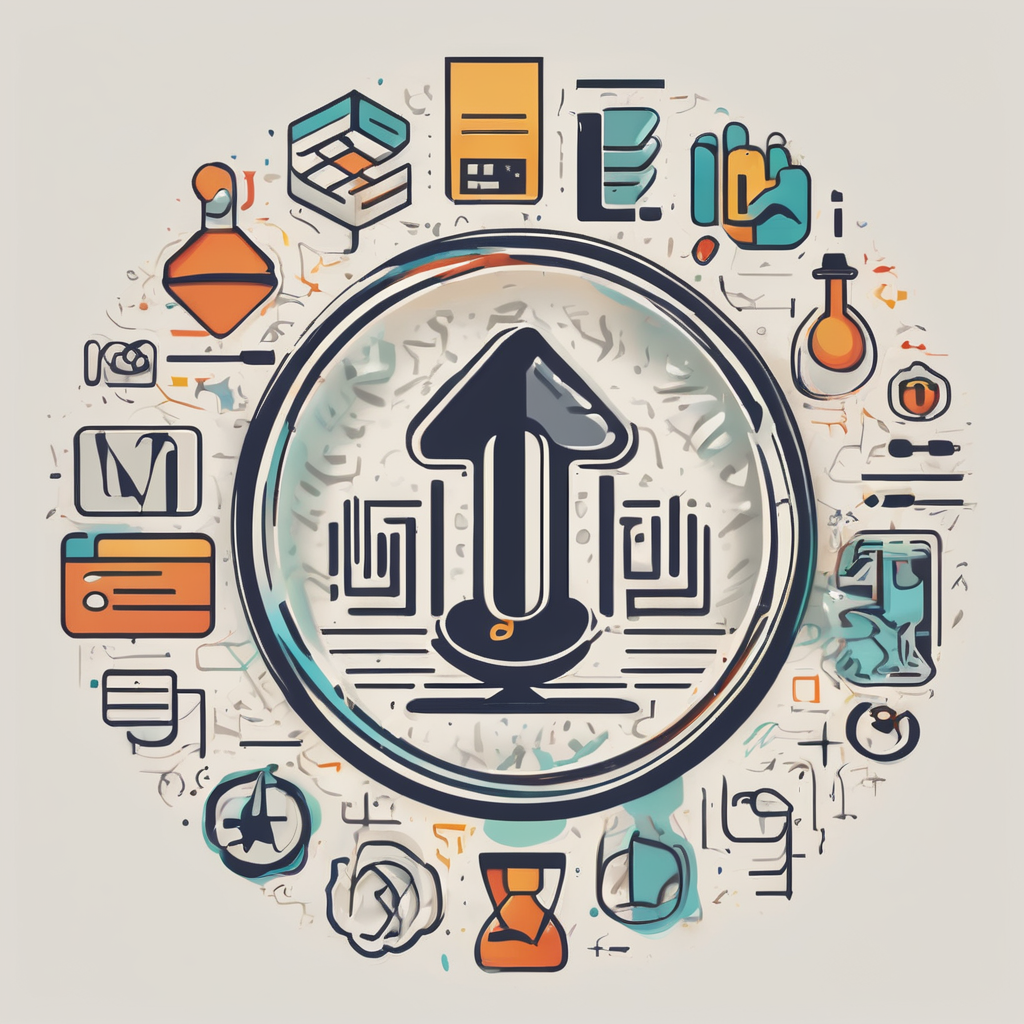The Benefits of Tai Chi for Seniors
As we focus on how Tai Chi benefits seniors, it becomes clear that its role in enhancing balance is vital. Seniors often face challenges related to equilibrium and coordination. This is where Tai Chi, a gentle but effective exercise, comes into play. Tai Chi movements, characterized by smooth and flowing sequences, significantly improve balance and reduce the risk of falls. Regular practice encourages better posture and proprioception, contributing to overall senior health.
Additionally, the mental health benefits of Tai Chi are noteworthy. Participating in such practices can lead to stress reduction, offering a peaceful respite from daily worries. The mindful nature of Tai Chi encourages relaxation and a sense of calm, which is essential for combatting anxiety and maintaining emotional stability.
Also read : Revitalize Your Nights: Essential Sleep Strategies for Seniors Battling Chronic Insomnia
Scientific evidence adds further weight to these claims. Various studies have demonstrated Tai Chi’s effectiveness in improving both physical and mental health among seniors. Researchers have noted significant improvements in balance and a reduction in anxiety levels among regular practitioners. Hence, incorporating Tai Chi into daily routines offers a path to a healthier, more balanced senior life.
Understanding Tai Chi Movements
Tai Chi movements are integral in promoting overall well-being, especially for seniors. Exercise techniques in Tai Chi focus on slow, deliberate movements that enhance coordination and stability. These routines engage the body’s core, improving both balance and posture, which are essential factors in senior health. The low-impact nature of Tai Chi makes it ideal for older adults, providing a gentle exercise option that minimizes physical strain.
Also to discover : Senior Stairway Safety: Crucial Tips and Techniques You Must Master
Basic Principles of Tai Chi
The foundational principles of Tai Chi centre around harmony, flow, and balance. Emphasizing mind-body connection, these principles encourage a seamless transition from one movement to the next, fostering a harmonious internal experience. By practicing these techniques regularly, seniors can achieve increased flexibility and stability.
Common Movements in Tai Chi
Typical Tai Chi sequences include graceful, circular motions such as the “Wave Hands Like Clouds” or “Grasp the Bird’s Tail.” Each move is performed with precision to strengthen muscles and enhance motor skills. For seniors, these motions not only build physical strength but also promote mental acuity and relaxation, contributing to overall health and well-being.
Getting Started with Tai Chi
Beginning Tai Chi can be an enriching journey towards improved senior health. For those interested in starting this practice, exploring local Tai Chi classes or online instructional resources is essential. Digital platforms often offer a wealth of content, catering to various levels of expertise, ensuring that individuals can find appropriate Tai Chi for beginners content. Virtual classes provide flexibility, allowing practitioners to learn at their own pace from the comfort of their home.
Choosing the right instructor is crucial for seniors embarking on this journey. An experienced instructor who understands the unique needs of older adults can adapt exercises and ensure proper technique, promoting balance improvement and reducing injury risk. Safety precautions are paramount; wearing comfortable clothing, having a non-slip mat, and starting with short practice sessions can help.
For those with mobility concerns, it’s advisable to seek classes that emphasize gentle exercise techniques. By prioritizing safety and appropriate guidance, seniors are better positioned to enjoy the numerous Tai Chi benefits, such as enhanced coordination and stress reduction, contributing to overall well-being.
Incorporating Tai Chi into Daily Life
Integrating Tai Chi practice into your daily routine can significantly enhance both your physical and mental well-being, particularly for seniors. Developing consistency is key to experiencing the full benefits of this ancient art. Here are some practical strategies to help incorporate Tai Chi seamlessly into everyday life.
First, identify a comfortable practice environment at home. Ensure the area is quiet, spacious, and free of distractions. This setting will help maintain focus and concentration during sessions. Comfortable clothing and a non-slip mat are also advisable for safety and ease of movement.
Setting realistic goals is essential for gradual improvement. Start with short sessions, such as 10-15 minutes daily, gradually increasing as you become more familiar with the movements. Consistency in practice leads to noticeable improvements in balance and coordination over time.
Additionally, consider dedicating specific times for your Tai Chi sessions, integrating them into your daily schedule much like other essential activities. This consistency can cultivate a routine, making it easier to maintain the practice long-term. By embedding Tai Chi into your daily life, you pave the way for lasting benefits and a healthier lifestyle.
Success Stories and Testimonials
The impactful stories from seniors who practice Tai Chi reveal significant real-life benefits. Many of these Tai Chi testimonials highlight remarkable improvements in mobility. Seniors often report enhanced flexibility and reduced joint pain, which contribute to a more active lifestyle. For instance, participants in community-based programs have mentioned their increased ability to perform everyday tasks like climbing stairs or gardening with ease.
Another notable benefit shared through Tai Chi testimonials is enhanced mental clarity. Regular practitioners describe feeling more focused and calm, attributing these improvements to the mindful nature of Tai Chi. Such cognitive benefits are often linked to the combination of focused movements and breathing techniques. Seniors frequently observe improved concentration and reduced mental fatigue as they maintain their practice.
Case studies from various Tai Chi programs further illustrate these advantages. Programs specifically designed for older adults, like those in local community centres, document remarkable progress in balance and stability among participants. These narratives not only underscore the physical and mental transformations that Tai Chi can inspire but also offer tangible proof of its powerful effects on senior health.
Additional Resources for Tai Chi Practitioners
Finding the right Tai Chi resources can be crucial for seniors looking to deepen their practice. Online platforms offer a variety of instructional videos that cater specifically to seniors, providing accessible guidance from experienced instructors. These videos are often designed with modifications that address the unique needs of older adults, making them an ideal companion for at-home practice.
When looking for quality instructional videos, consider searching for those that emphasise gentle techniques and balance improvement. These resources help practitioners refine their movements and enhance their understanding of Tai Chi principles. Such videos often include progressive difficulty levels, ensuring that seniors can advance at their own pace.
Beyond instructional materials, community support plays a vital role in maintaining motivation and interest in Tai Chi. Engaging with local Tai Chi groups or online forums can provide invaluable encouragement and shared experiences. Participation in a supportive community fosters a sense of belonging and collective growth, crucial for sustained practice.
Overall, utilising these resources and support networks enriches the Tai Chi experience and maximizes its numerous health benefits, contributing positively to senior health and well-being.






